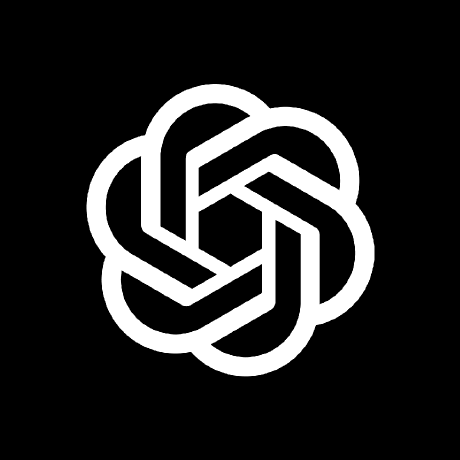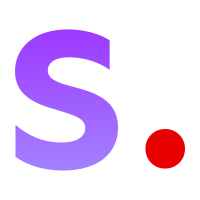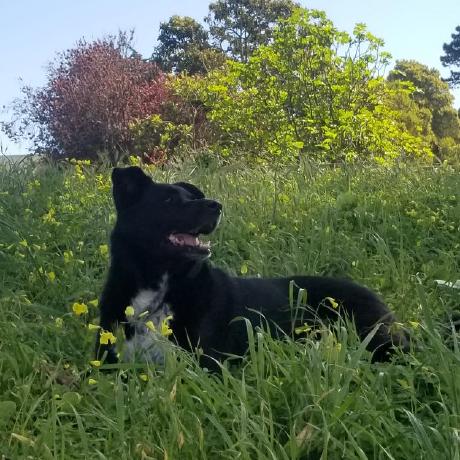Discover and explore top open-source AI tools and projects—updated daily.
LlamaGen by  FoundationVision
FoundationVision
Llama-based research paper for autoregressive image generation
Top 23.0% on SourcePulse
LlamaGen offers a novel approach to image generation by adapting the autoregressive "next-token prediction" paradigm from Large Language Models (LLMs) to visual data. This method aims to achieve state-of-the-art performance through proper scaling, targeting researchers and developers interested in LLM-based generative models.
How It Works
LlamaGen utilizes a VQ-VAE to tokenize images into discrete visual tokens, which are then processed by a Llama-like autoregressive model. This approach eschews the inductive biases common in diffusion models, relying solely on scaling and next-token prediction for image synthesis. The project provides two image tokenizers (downsample ratios 16 and 8) and a range of autoregressive models from 100M to 3B parameters for both class-conditional and text-conditional generation.
Quick Start & Requirements
- Installation: PyTorch (>=2.1.0) is required. Installation and training details are in
GETTING_STARTED.md. - Pre-trained Models: Download weights from Hugging Face links provided in the README.
- Demo: Run
python3 autoregressive/sample/sample_c2i.pyorsample_t2i.pyafter downloading models. A Gradio demo is also available viaapp.py. - Serving: vLLM integration is supported for faster inference.
Highlighted Details
- Offers class-conditional models with FID scores as low as 0.59 on ImageNet (256x256).
- Includes text-conditional models trained on LAION COCO and internal datasets.
- Supports vLLM for up to 300%-400% speedup in serving.
- Provides models ranging from 100M to 3.1B parameters.
Maintenance & Community
The project is associated with HKU and ByteDance. Updates are frequent, with recent releases including image tokenizers, AR models, and vLLM support. Links to an online demo and the project page are provided.
Licensing & Compatibility
The majority of the project is licensed under the MIT License. However, it notes that portions may be under separate licenses of referred projects. This generally allows for commercial use and linking with closed-source software.
Limitations & Caveats
The text-conditional models require additional language model setup as detailed in the language/README.md. While vLLM integration is noted, specific hardware requirements for optimal performance are not detailed.
1 year ago
Inactive

 lxa9867
lxa9867 FreedomIntelligence
FreedomIntelligence jy0205
jy0205 primecai
primecai Alpha-VLLM
Alpha-VLLM TencentQQGYLab
TencentQQGYLab YangLing0818
YangLing0818 gligen
gligen openai
openai Stability-AI
Stability-AI lucidrains
lucidrains